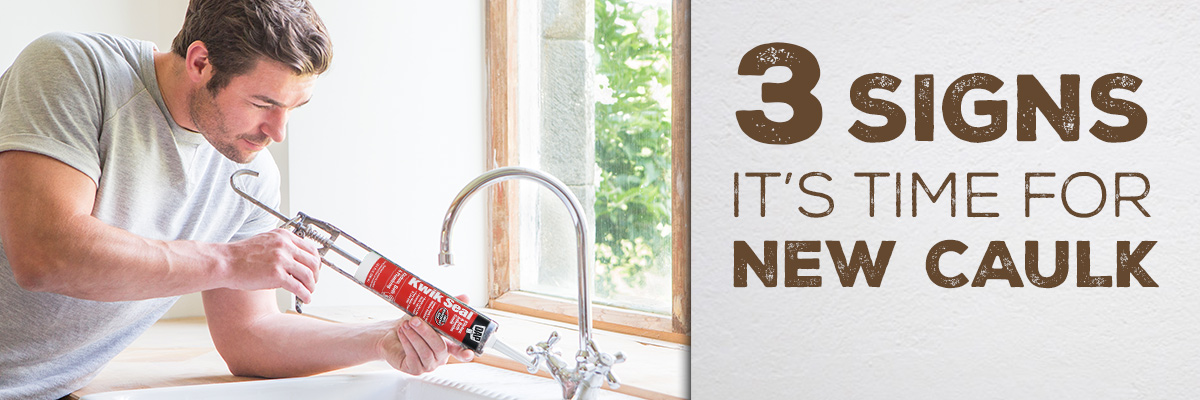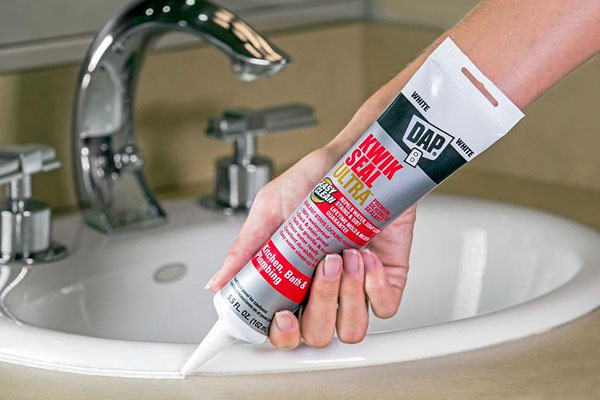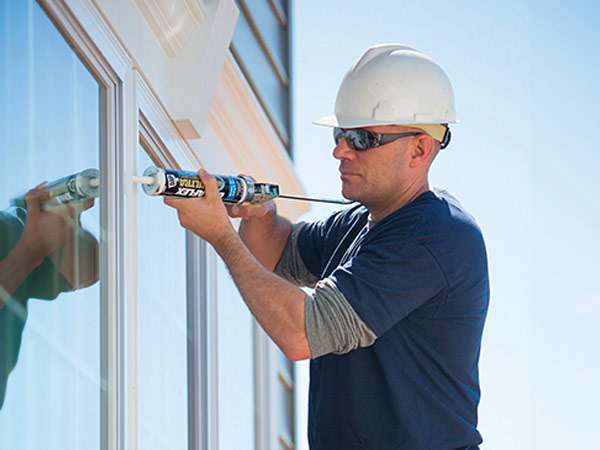

3 Signs It's Time to Re-Caulk
Caulk is one of the most important elements in your home. It prevents water from ending up where it shouldn’t be, causing a moldy bathtub or sink and is also used as a weathertight seal around windows to keep heat or cold out. Often, though, it is one of those things we set and forget. Here are a few ways to know when it’s time to replace your caulk to keep your home energy efficient and mold-free.
A Quick Intro to Sealants
Caulk is a type of sealant used to fill cracks to prevent moisture and air penetration. It's a mixture of different polymers like latex or silicone. There is a slight difference in the terms caulk and sealant, even though they are used interchangeably. Caulk will dry more solidly than a sealant, which is more flexible to provide movement. Sealant is used in outdoor applications like doors and windows where there is more expansion and contraction but is a similar mixture as caulk and is applied in the same way.

When is it Time to Re-Caulk?
Here are three surefire ways to know when it’s time to re-caulk:
1. If There's Peeling, Cracking, and Missing Pieces

A common sign of worn caulk is that it will begin cracking or peeling away from the wall, sink, or tub. Peeling and cracking allows moisture to get trapped and potentially cause mold or water damage to the area or heat or cold loss around windows. This could also be a sign that what was done previously was not the right kind for the job. A latex type with silicone or a general latex type is great for water resistance. A rubber or polyurethane sealant type works well for outdoor applications like sealing around windows and doors.
2. If You See Mold and Mildew
Mold causes all sorts of problems – it can flare up allergies, cause damage to your home, and it just looks gross. Unfortunately, bathrooms, kitchens, and windows subjected to the elements are perfect environments for mold to grow since it likes damp areas. One of caulk’s jobs is to prevent mold from being able to get between the tub, sink, or window and the wall or floor. Even if it seems like the tub and wall have a snug fit, without the protective seal of waterproof caulk, moisture can get in between surfaces and allow mold to flourish.
3. If it's 5+ Years old
Consider replacing caulk every 5 years, even if it isn’t showing signs of wear and tear. By maintaining and replacing it regularly, you prevent damage that may be caused by peeling, cracking, mold, or mildew.

Getting Started
There are a few tools and materials for a simple repair job:

- Caulk or sealant- this type is best fit for your application like latex.
- Rubbing alcohol to clean the area.
- Painter's tape for a clean finish.
- A Stripping and finishing tool is a caulk removal tool that easily strips away old caulk and ensures the new caulk has a proper seal.
- Caulk Gun that will provide a consistent amount of pressure.
Caulking Tips from the Pros
- Make sure you remove all old caulk completely and wipe the area down with rubbing alcohol to ensure the new caulk will adhere properly.
- Use a utility knife with a sharp blade to cut the tip of the tube at a 45-degree angle. Make sure your fingers are in a safe position!
- Don't cut too much of the tip off at first. The more you cut, the more product will come out at once. Stick with a small amount first as you can always cut more if needed.
- Applying painter’s tape will give you clean caulk lines when finished.
- A finishing tool will help you clean up the bead of caulk easily and with less mess than using a finger. However, you can wet your finger and use it to smooth your new bead if you are using a water-based type.
- If you have a large bead to run, don't try to do it in one bead. Start in the middle and go to one end, then start in the middle and go to the other end. This will ensure a smooth bead and a straight line.
- Don't press on the gun too hard; instead, apply a steady pressure gently down the bead.
Caulk and sealant are imperative for a mold-free bathroom and an energy efficient home. Bad caulk can lead to serious problems. Fortunately, replacing the old caulk can be a quick and easy job! McCoy’s carries many affordable tools to simplify it further. Your home is a huge investment and maintaining the caulking can go a long way in protecting it from water damage and keeping it energy efficient.
